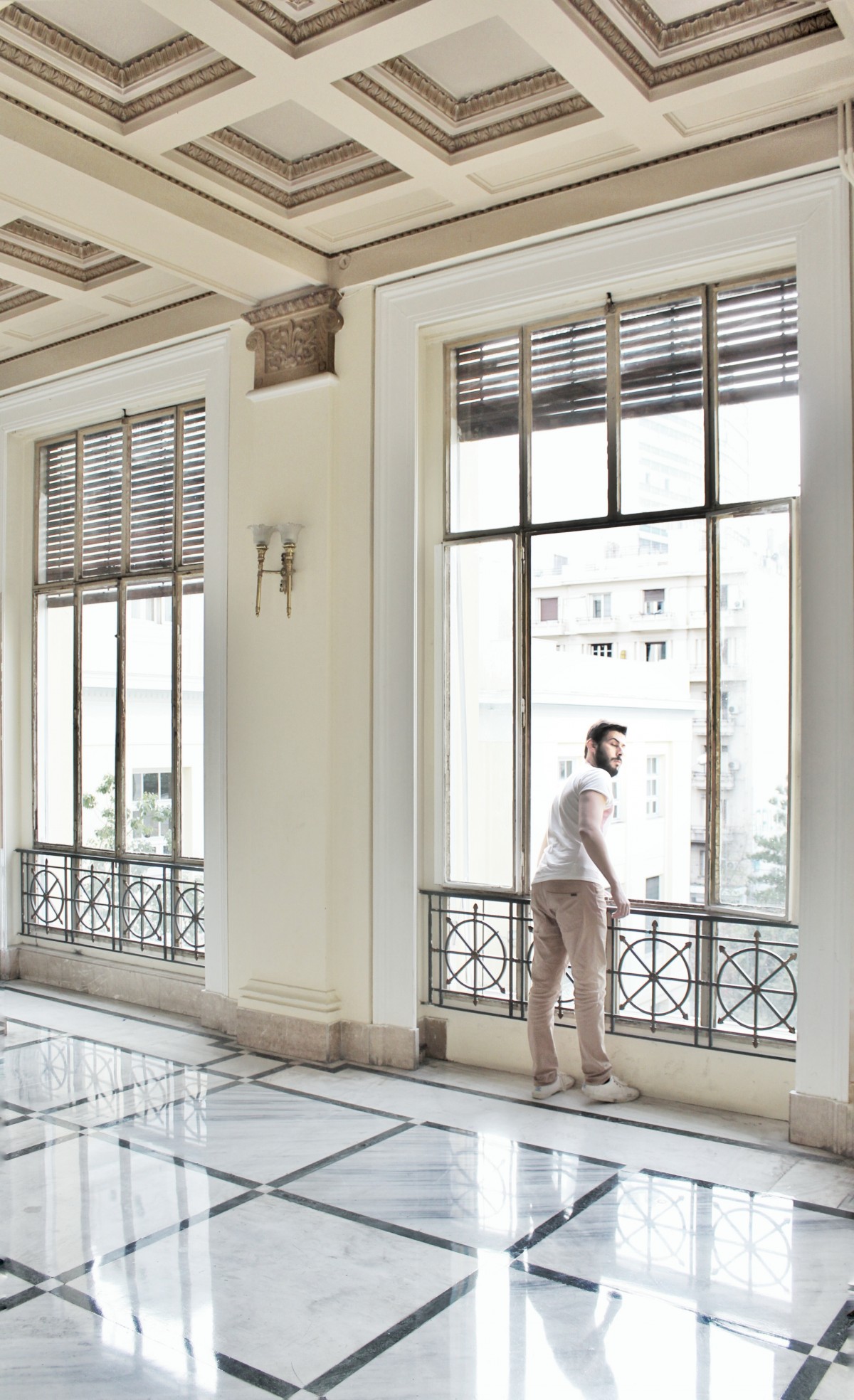What is Acoustic Ceiling
Protecting yourself from neighbourhood noise, such as footsteps on a floor above you or moving objects, is sometimes essential in a flat. An acoustic ceiling can be a solution to this.
Acoustic ceilings are also suitable for providing acoustic correction to a room where even the smallest conversation is difficult.
Let’s take a closer look below.
Noise and acoustics
Noise is an annoying phenomenon from a sound source outside or inside a volume. In building acoustics, we deal mainly with the following phenomena:
– airborne noise, which comes either from inside the room through conversations or appliances (television, hi-fi system, etc.) or from outside, produced by transport vehicles or street traffic (plane, car, conversation, etc.);
– noise from shocks or impacts on a wall or floor: footsteps, moving furniture, falling objects, etc. ;
– noise from individual or collective equipment: lift, boiler room, toilet flush, taps, etc.
Installing an acoustic ceiling can partly respond to airborne noise and impact noise.
Good to know: one of the basic principles of good acoustic insulation is the Mass/Spring/Mass Law, which combines several materials. In the case of a suspended ceiling, the high floor and the false ceiling provide the mass, and an insulator sandwiched between the two acts as a spring.
Acoustic ceiling: which one to choose?

Modular ceiling against noise
A modular ceiling is a ceiling suspended under a floor. It is composed of tiles of varying dimensions (60×60, 120 X 60) intended to remain visible.
These tiles are held in place by a visible or invisible metal frame. There are different types of slabs:
– mineral slabs made from gypsum or recyclable materials on which reliefs have been created to provide acoustic correction;
– slabs made of rigid mineral wool insulation (glass or rock wool) on which a decorative fabric is glued on the visible side.
This last solution meets the need for acoustic insulation while providing an absorbent capacity to deal with reverberation problems (echo):
– It is possible to roll out additional insulation in the plenum, the space between the underside of the floor and the false ceiling, to provide additional thermal insulation.
– These false ceilings have the advantage of being removable. It is possible to replace a damaged tile easily.
– The tiles remain visible and do not need to be painted. A wide range of colours and textures are available to personalise the finish.
– The cost depends on the type of ceiling used but can be relatively inexpensive at around $40, including installation.
These false ceilings are not very suitable for housing. They are mainly used as a solution in tertiary buildings: offices, schools, etc.
Plasterboard ceilings
A plasterboard ceiling is a ceiling suspended from a non-visible galvanised steel frame. Depending on the insulation or acoustic correction required, there are special “acoustic” plasterboards:
– These plasterboards can relieve acoustic corrections such as a response to sound absorption problems or be composed of a particular material providing additional acoustic insulation.
– In some cases, it will be advisable to juxtapose 2 or 3 plasterboards to provide good acoustic insulation. In this case, it will be necessary to ensure that the supporting structure can bear the weight of the entire false ceiling.
However, it will be necessary to roll out mineral or vegetable insulation in the plenum to provide additional thermal and sound insulation.
Read more:
- What Are The 2 Types Of Roof Insulation;
- How to Choose Insulation Under Tiles;
- How To Repair Ceiling Cracks;
- How To Repair A Cracked Ceiling;
- The Techniques of False Ceiling Installation;
- Roof Insulation From The Inside;
- 5 Reasons to Choose a False Ceiling;
- Will You Choose A Suspended Or Stretched False Ceiling?



